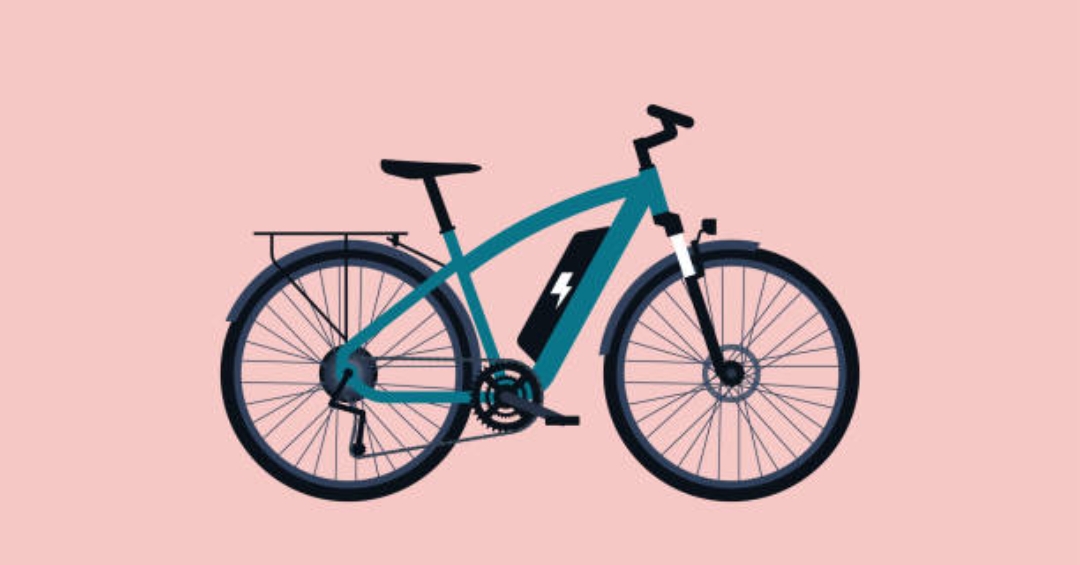Is an E-bike Good for Long Distances? Your Ultimate Guide

Picture yourself gliding through sweeping valleys or conquering endless mountain passes. The wind whips past as you cover mile after mile with a fresh, joyful spirit. This vision, once reserved for elite cyclists, is now a real possibility for many, thanks to the electric bike. People often think e-bikes are only for short, easy trips. Yet, this idea is changing fast. E-bikes are proving they can handle long-distance travel and daily, lengthy commutes. This article will show you what makes electric commuter bike work for long rides, what you need to think about, and how they open up new ways to explore.
Understanding E-bike Capabilities for Extended Travel
Battery Range: The Cornerstone of Long-Distance E-biking
Your e-bike’s battery is the heart of its long-distance power. Battery capacity, measured in Watt-hours (Wh), tells you how much energy it holds. A larger Wh number means more range. However, many things affect how far you can go. How much the rider weighs, the motor’s efficiency, and the type of ground you ride on all matter. Using high assist levels on hills or against strong winds will drain your battery quicker.
Most e-bikes can travel between 30 and 100 miles on one charge. Some models designed for touring may even go further. For example, a 500Wh battery might give you 50-70 miles on mixed terrain. To guess your range, think about your typical ride. Will it be flat roads or steep climbs? How much help will you need from the motor? Test your e-bike on shorter rides first to see its true range for your style. This helps you plan bigger journeys without running out of power.
Motor Power and Torque: Sustaining Effort Over Miles
The motor on your e-bike is a big help, especially on longer rides. It gives you a boost, making hills feel flatter and headwinds less harsh. This extra push means you use less of your own energy. You can ride for more hours and cover more ground before getting tired. The motor reduces the constant strain on your legs, letting you keep a steady pace over many miles.
E-bikes use two main types of motors: hub motors and mid-drive motors. Hub motors sit in the wheel, offering a direct push. Mid-drive motors are placed near the pedals, working with your gears for better efficiency. For long distances, many choose mid-drive motors. An e-bike mechanic notes, “A good mid-drive motor makes all the difference for long touring, blending power smoothly.” They often provide a more natural cycling feel, which can be nicer over many hours.
E-bike Weight and Handling: Comfort and Control on the Road
E-bikes are heavier than regular bicycles because of the battery and motor. This added weight changes how the bike feels. When you’re using the motor, the weight isn’t a problem. But if you ride with the motor off, or on low assist, you will notice the extra pounds. It takes more effort to pedal.
The way an e-bike is built also plays a big part in comfort. Frame design and suspension can soak up road bumps. Touring e-bikes often have sturdy frames built for stability, even when loaded with gear. They are made to give you a smooth, steady ride over long periods. These bikes make sure you stay comfortable, no must how far you go.
Essential Considerations for Long-Distance E-biking
Charging Infrastructure and Planning: Keeping Your Ride Powered
Keeping your e-bike charged is key for long trips. You need to know where you can plug in along your route. Many cafes, public libraries, and hotels now offer charging spots. Some small towns might have charging stations for e-bikes too. It’s smart to look up these places before you leave.
Most e-bike batteries take a few hours to fully charge. This means you can plan a lunch stop or a quick break to top up your power. Some riders carry a second battery for very long, remote rides. Apps like PlugShare or specific e-bike route planners can show you charging locations. Always know your options so your adventure doesn’t stop short.
Carrying Capacity and Bikepacking: Equipping for the Journey
Long trips mean you need to carry gear. E-bikes are great for this because their motor helps with heavy loads. Many e-bikes come with, or can fit, racks over the front and back wheels. You can attach panniers, which are bags that hang off the racks, to hold clothes, food, and repair kits. Frame bags and seat packs also add space.
Specialized e-bike bikepacking gear exists to make carrying easy. These items often have stronger straps or better ways to attach to the bike. Bikepackers often use e-bikes to go further into wild places. They can carry camping gear, cooking tools, and supplies, covering great distances that would be tough on a regular bike.
Maintenance and Reliability: Ensuring a Smooth Ride
E-bikes have more parts than regular bikes, like motors and batteries. These parts need specific care. Keeping your battery charged correctly and cleaning the motor area are important. Before any long trip, you should check your e-bike carefully. Look at tire pressure, brake pads, and the chain. Make sure your lights work.
It’s a good idea to know how to fix simple problems yourself. Carry a basic toolkit with tire levers, a patch kit, and a multi-tool. Knowing how to change a flat tire or tighten a loose bolt can save your ride. For bigger issues, find e-bike repair shops along your route if you can.
Who Benefits Most from Long-Distance E-biking?
Addressing Physical Limitations and Enhancing Accessibility
E-bikes make cycling open to many more people. They reduce the impact of hills and strong winds. This means you don’t need to be super fit to enjoy a long ride. People with knee issues, heart problems, or just lower stamina can ride for hours. E-bikes help overcome physical limits, letting more individuals enjoy the freedom of two wheels.
This technology expands who can cycle and where they can go. Some reports show e-bikes boosting cycling use by up to 50% for new riders. They help people stay active and explore parts of the world they could not reach before.
Commuting and Touring: Versatility for Extended Rides
E-bikes are fantastic for long commutes. You can cover 15, 20, or even 30 miles to work without arriving sweaty. This makes ditching the car an easy choice for many. You save money on gas and parking, and you get exercise too. It’s a win-win.
For fun, e-bikes shine in cycle touring and bikepacking. Imagine seeing new cities or countrysides without being exhausted. They let you cover more ground each day, seeing more sights. One rider uses his e-bike for a 40-mile round trip commute daily. He also completed a week-long tour through national parks, covering hundreds of miles.
Are There Downsides to Long-Distance E-biking?
Cost and Complexity: Initial Investment and Technical Aspects
E-bikes do cost more upfront than regular bikes. The price comes from the motor, battery, and advanced electronics. This higher initial cost is something to think about. Prices can range from under a thousand dollars to many thousands.
Also, e-bikes have more complex parts. This means there is a chance for technical problems. Issues with the motor, battery, or controller can pop up. Many problems are simple fixes, but some need a skilled e-bike mechanic. A retailer shared, “Many e-bike issues are simple, but some need a pro. Know your limits.” You might need to find a specialized shop for certain repairs.
Weight and Ride Feel Without Assistance: The Traditional Cycling Experience
Riding an e-bike with a dead battery is much harder. The added weight of the motor and battery becomes a big drag. Pedaling feels like a real workout, especially on hills. It can be a slow, tiring trip back if you run out of juice far from home.
This heavy feel is very different from a lightweight road bike. If you turn off the assist, an e-bike does not ride like a normal bike. You can practice riding with the assist off. This will give you a good idea of how much effort it takes. Knowing this helps you manage your battery power better on long rides.
Conclusion: The Evolving Landscape of Long-Distance Cycling
E-bikes online truly change the game for long-distance riding. They offer more range, less fatigue, and the power to tackle tough terrain. With smart planning for charging, the right gear for carrying, and regular checks, your e-bike can take you further than you ever thought possible.
Yes, there’s an investment, and some things to learn about maintenance. But these points are small when you look at the freedom and fun an e-bike offers. Long-distance cycling is not just for super athletes anymore. With an e-bike, anyone can enjoy epic journeys. Consider an e-bike for your next big adventure. See how it takes you to new places, helping you explore further than ever before.



